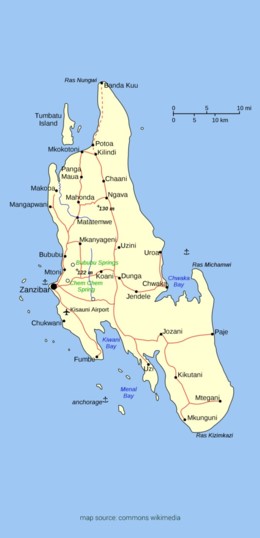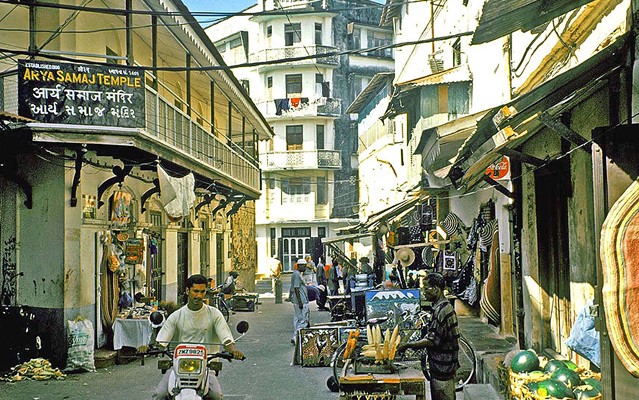Stonetown Tour + ExcursionsZanzibar
The stone town is a unique architectural and cultural mix that has formed over a millenia of interaction between people from the East African mainland, Arabia, the Persian Gulf, India, China, Portugal and beyond.
Stone town: The stone town is a unique architectural and cultural mix that has formed over a millenia of interaction between people from the East African mainland, Arabia, the Persian Gulf, India, China, Portugal and beyond. A guided tour may be organised to take you through the narrow twisting gullys into the market where you may catch the fish auction.
In light of its historical significance and value, the United Nations has declared it as one of the World's Cultural Heritage sites. This has further sparked an architectural restoration effort after many years of neglect.
The architecture of Zanzibar and its historical significance is a vast topic. You may wish to refer to the following texts for further information.
Beit-Al-Ajaib (House of Wonders): Admired for its high ceilings and towering pillars, this used to be the Sultans Palace until 1911.
National museum: Here can be found a collection of portraits of past Sultans and their documents, and relics of early explorers - including Dr. Livingstone's medicine chest and local arts and crafts.
Livingstone house: This house was once placed by the Sultan Seyyid Majid for use by the European explorer David Livingstone, while in preparation for his expedition to the mainland in 1866.
Slave market: Zanzibar was the hub of the slave trade in East Africa, until 1873 when it was abolished. On this site now stands a church.
Changu island: This small island used to be known as prison island, where slaves used to be kept pending transportation to other markets. Remains of underground slave chambers can still be seen. One of the main attractions today are the giant tortoise.
Marhubi ruins: This palace was built by Sultan Sayyid Bargash for his harem in the 1880's. It was however accidentally burnt down in 1899 and now stands as ruins.

